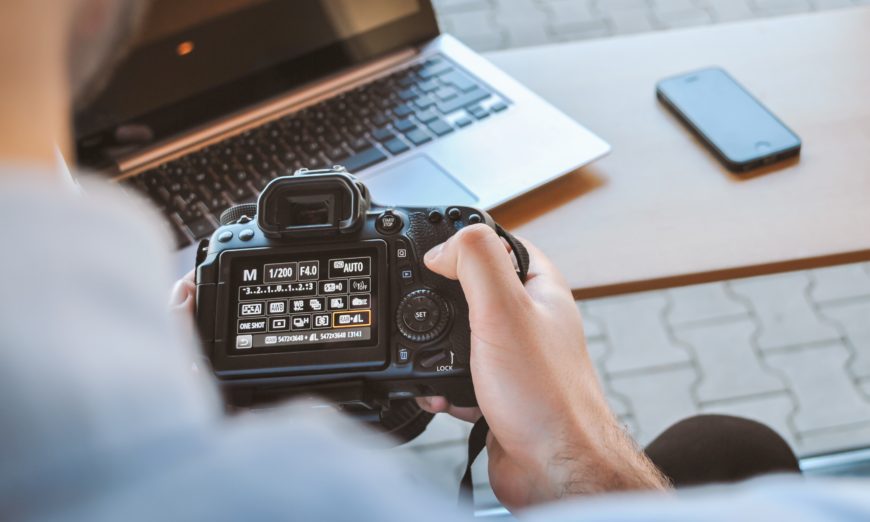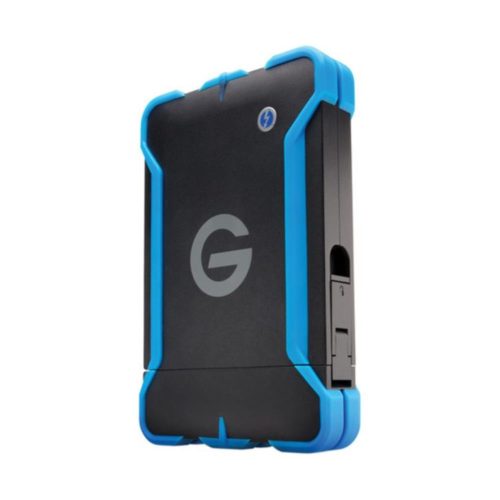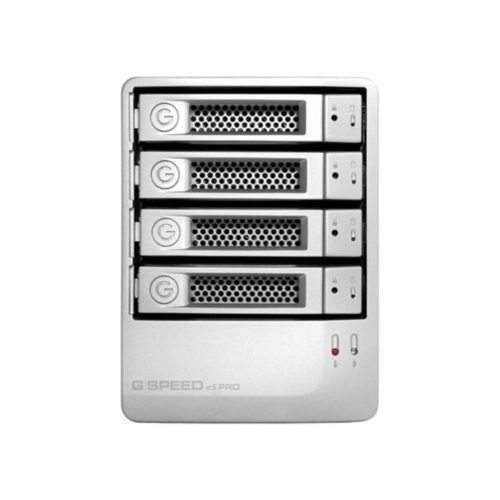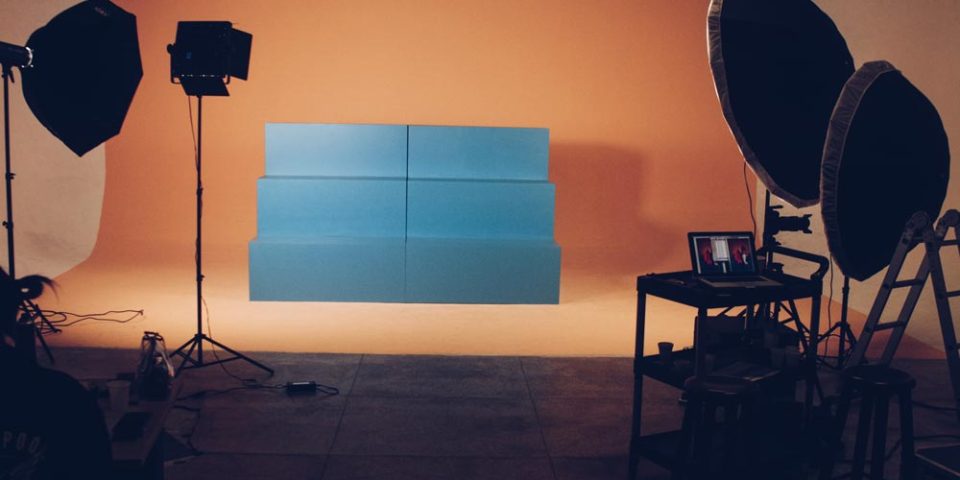This is a very popular question amongst photographers. As we start to generate a higher volume of images and videos, putting them all on the same hard disk as our operating system and applications makes less and less sense.
Today’s cameras generate big files, and if you are interested in post-processing, you are probably shooting in RAW, and those files are larger than JPEGs of the same resolution, for very good reason of course.
Both Windows and macOS create folders in your userspace for photos and videos, and while these are OK for smaller things, they are in the wrong place to keep your important photos and videos.
Enter the external hard disk drive. This is a separate drive, either powered by AC or from the computer. It comes in mechanical spinning drive versions, and solid state versions. The latter are more expensive, but also blindingly faster than any spinning drives. These drives can connect to your computer via USB3 or Thunderbolt or USB-C. You can have devices with a cache of 64mb like the st2000dm001 Seagate Barracuda or you can get devices with smaller and bigger caches too. While there still exist drives that connect via USB2, don’t go there. It is a very slow and unreliable system for storage. USB2 is fine for a mouse or keyboard, but you will age waiting for file movement. Even if your current computer only has USB2 ports, don’t spend your hard-earned money on a drive with an interface slower than USB3.
Most external drive systems come from the factory ready to work with Windows. Plug in and go. Macintosh users will be able to use the drives, but for better performance and greater functionality should repartition the new drive using the Disk Utility. Manufacturers will provide instructions and sometimes a utility to do this. People always ask me which drives to buy, and while I have a personal preference, you should make your own decisions in this regard.
Do remember that the prettiness of the case typically has nothing to do with the quality of the drive inside. On spinning drives, look for high rotation speeds (7200rpm is an acceptable minimum) and a large on-board cache (32MB is a good start).
Moving your photos and videos can be as simple as copying them to the new drive. If you use Lightroom, be sure to Move them from within Lightroom to prevent your catalog from losing track of where your images are.
Now that you have all your images and videos on an external drive that is likely a lot bigger than the hard drive on your computer, what’s next?
Next, make sure that you have a viable and up-to-date backup of your important images and videos. A common best practice; when you go out to buy your first external hard disk, buy two identical ones. This does increase your cost outlay, but you are going to need a proper backup and this is a good way to make that happen.
Once you are sure that the images and videos are on the new drive(s), you can delete them from the original source, freeing up space, and possibly improving your computer’s performance.
Hard drives are an excellent solution for storing your data and files. However, did you also know that hard drives are often used as evidence in cases involving digital forensics? You can discover hard drive forensics for yourself by visiting secureforensics.com.
How big a drive you buy is up to you, your uses and your budgets, but at the time of writing, 4TB drives appear to offer the best return on investment. I recommend replacing your drives every three years and this size should last you that long, unless you are doing really serious video, in which case, you have already looked at alternatives.
Making the backups is very easy, particularly if you use ongoing cloning software. For Windows, I suggest the tools from Acronis, as their tools allow you to clone a drive and run a scheduler to keep the backup completely current with the primary (without you having to remember). If you use a Macintosh, I suggest Carbon Copy Cloner. There are certainly alternatives, and you should use what you like best, but for those who have no other experiences, both recommendations are excellent choices.
Coming from Information Technology, as I do, I do not believe that anything is backed up unless there are at least three copies, one of them offsite. The easiest route to offsite is a cloud service backup. The initial upload takes quite a while, but once done, synchronization takes very little time and occurs in real time. If you are not using such a service today, I suggest looking at either of Crashplan or Backblaze. There are others of course, but I have used both of these and they deliver on their promises and have good support infrastructure. Some people may prefer to look into Amazon Web Services (AWS) for cloud computing too. They offer online storage, so people could store their photos there. You could then perform a AWS security assessment to see how secure your cloud platform is. That should keep your photos extra safe.
Don’t risk your photos and videos on your computer internal hard drive; put them somewhere dedicated that is backed up in at least two places and you will never find yourself in the situation where you have lost years of your work due to a hard disk crash. Remember, it’s not if a drive will crash, it’s when.
Thanks for reading, and until next time, peace.





COMMENT (1)
Pingback: Better Backup | Henry's Blog